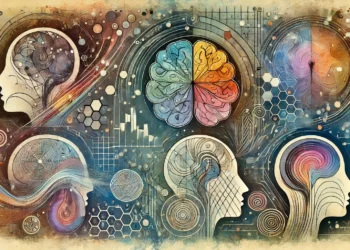Imagine that we could scrape a few cells from our skin and send them to the lab. Within a few days, the lab would deliver a therapy or medicine specifically tailored to treat a devastating disease that we had unfortunately developed. These selfie-cells, programmed to treat our specific diseases, could be transplanted or injected on-site without the worry of immune rejection.

Thanks to Dr. Shinya Yamanaka, a Nobel Prize-winning Japanese stem cell researcher, this customized treatment is in our near future. In 2006, he found that by using only a few genetic, nuclear factors, it was possible to take skin cells from mice and turn back the developmental clock. These cells reverted in potency to a status termed Induced Pluripotent Stem Cells (IPSCs). The creation of IPSCs has led researchers in regenerative medicine and drug discovery on an accelerated pathway with new methods to approach diseases.
While these IPSCs are similar to Embryonic Stem Cells (ESCs), they derive from the patient’s own skin. In essence, patients are the source of their own treatments.
The use of ESCs stirs ethical controversy because these cells source from an embryo. ESCs are totipotent, meaning that these cells have the ability to become any desired cell type. ESCs have the potential to develop an entire organism.
Lack of Federal Funding for ESC Research Led to Discovery of IPSCs
While ESCs are useful, they present more challenges for scientists to obtain and use them. From 2001 until 2009, it was not possible to obtain federal funding for any research that included ESCs. Researchers in many fields of science were forced to look for alternatives. Despite this eight-year funding ban, a silver lining emerged – it led to the discovery of IPSCs.
IPSCs are the next level of stem cell. Pluripotency implies the capacity for stem cells to become a number of different cell types, but that does not necessarily provide the ability to develop an entire organism. Induced with a set of factors, as Dr. Yamanaka showed, skin cells can turn back their state of potency or be reprogrammed.
It’s like turning back the developmental time clock in a fully differentiated cell. A cell that was once a skin fibroblast could now become a neuron if it was induced in a microenvironment. For example, it would now be possible to take skin cells from an Alzheimer’s disease patient and develop an in-vitro human cell culture model, since these cells can grow indefinitely. When the reprogramming occurs to create IPSCs, they become immortal, which is a key feature in their utility.
In the 10 years since Dr. Yamanaka discovered IPSCs, regenerative medicine and drug discovery-development have accelerated forward in the use of these cells. Diseases such as Alzheimer’s, Parkinson’s, Huntington’s and Down’s syndrome now have models that forego the use of ethically controversial ECSs. For drug screening and development, IPSCs are in use for in-vitro studies since these cells are capable of immortal growth in culture and provide genuine, human testable models. New drugs can be screened against cell culture models to determine their safety and efficacy, thanks to IPSCs.
IPSC Research Suggests Potential to Treat and Cure Incurable Diseases
Dr. Yamanaka was recognized for his contribution and awarded a Nobel Peace Prize in 2012 for his work that led to the discovery of IPSCs. Currently, Dr. Yamanaka and his team continue to probe the in-depth mechanisms of how somatic cells are reprogrammed to the pluripotency state.
As research efforts continue forward with IPSCs, we will see more models developed to study diseases, approaches to treat them and the development of new drugs. Perhaps in our not-so-distant future, the most remarkable step forward with IPSCs will be our own cells used to treat and cure diseases we once considered incurable.






